Case study: Using VBIS To Guide The Geelong Arts Centre In Asset Lifecycle Information Development And Management
October 2020
From Asset Management Council (AMC) October 8th webinar
This session offers an in-depth presentation that outlines the process followed and the benefits attained by adopting VBIS at the Geelong Arts Centre. It highlights the opportunities it will provide them during a period of significant transformation as they completed the Ryrie Street Redevelopment and move into the $128M Little Malop Street Redevelopment works.
Timescale guide:
VBIS Introduction - 0:00
GAC case study - 7:30
Linking disparate Information - 28:57
In Conversation: Using VBIS To Guide The Geelong Arts Centre In Asset Lifecycle Information Development And Management
September 2020
From In Conversation series hosted by Reduxo and Zuuse.
This session is an opportunity to discuss the use of the VBIS in a real-life application and highlight the opportunities it will provide the Geelong Arts Centre as they complete stage 2 of the redevelopment and move into stage 3.
Join Dan Haworth from Aurelian Advisory and Heshan Samarawickrama from VBIS to hear more about this exciting initiative!
More information on the session: https://zuuse.com/en-au/in-conversation_vbis/
Structuring Your Asset Information to Achieve Built Outcomes
July 2020
Webinar presented at a CIBSIE ANZ event providing an overview of VBIS.
The volume of building data and documentation is always growing. Most already face the challenges of ‘knowing what you know’ and then data accuracy and access in a timely manner. The increasing adoption of connected devices and cloud-based applications is multiplying the problems of awareness, accuracy, access and sheer volume. There are multiple systems and applications in use resulting in multiple locations of where asset information is stored. The future and the greatest benefits will belong to those who can readily analyse and operationalise the data. To achieve this data needs structure and must be easily and reliably accessed.
We require an industry standard that facilitates a standardised approach to how assets are classified, how asset related information is structured and to facilitate locating the information that resides in various systems and applications.
The Virtual Buildings Information System (VBIS https://vbis.com.au/) provides a classification structure and unique VBIS Tag that acts as an asset identifier along with a means to locate information related to specific assets that reside in multiple applications.
Developed with significant assistance from the Government and featured in the 2020 Victorian Digital Asset Strategy (VDAS), it is a standard that is open and freely available to the market. VBIS working with commercial application vendors to allow adoption of the standard and become VBIS enabled.
This straightforward system makes possible to structure your asset information to derive operational outcomes and to link the data in your existing applications to enable a practical implementation of a digital twin using your existing infrastructure.
Connecting disparate data to achieve FM outcomes
June 2020
At the recent Facility Management Association Ideaction.Vitual 2020 national conference Carl Agar presented a case study of a VBIS deployment in a well-known facility, and how this significantly improved the utilisation of existing asset information to achieve FM outcomes.
The volume of building data and documentation is always growing. Most already face the challenges of ‘knowing what you know’ and then data accuracy and access in a timely manner. The increasing adoption of connected devices and cloud-based applications is multiplying the problems of awareness, accuracy, access and sheer volume and. The future and the greatest benefits will belong to those who can readily analyse and operationalise the data. To achieve this data needs structure and must be easily and reliably accessed.
The Virtual Buildings Information System (VBIS) provides a standard syntax to permit generic and reliable links to be created between applications and data repositories, combined with a standard convention for asset record labelling, or tagging, and a logical creation of a consistent data hierarchy.
This straightforward system makes possible the calling up of useful information from a range of applications including Building Information Models and FM systems to link to associated data sets seamlessly, regardless of the stage of the building lifecycle.
This presentation will describe the progress made in development over the last year and go through a case study of a deployment that was completed at a landmark facility in Australia




